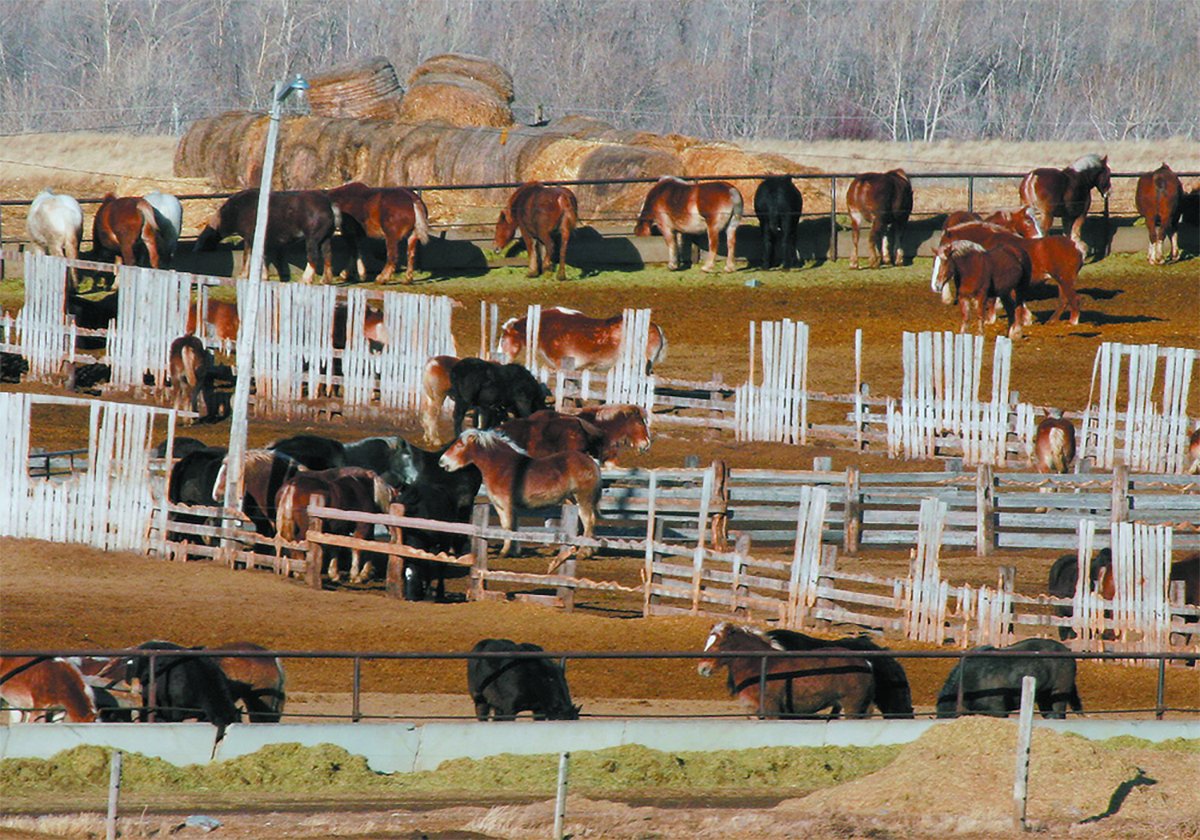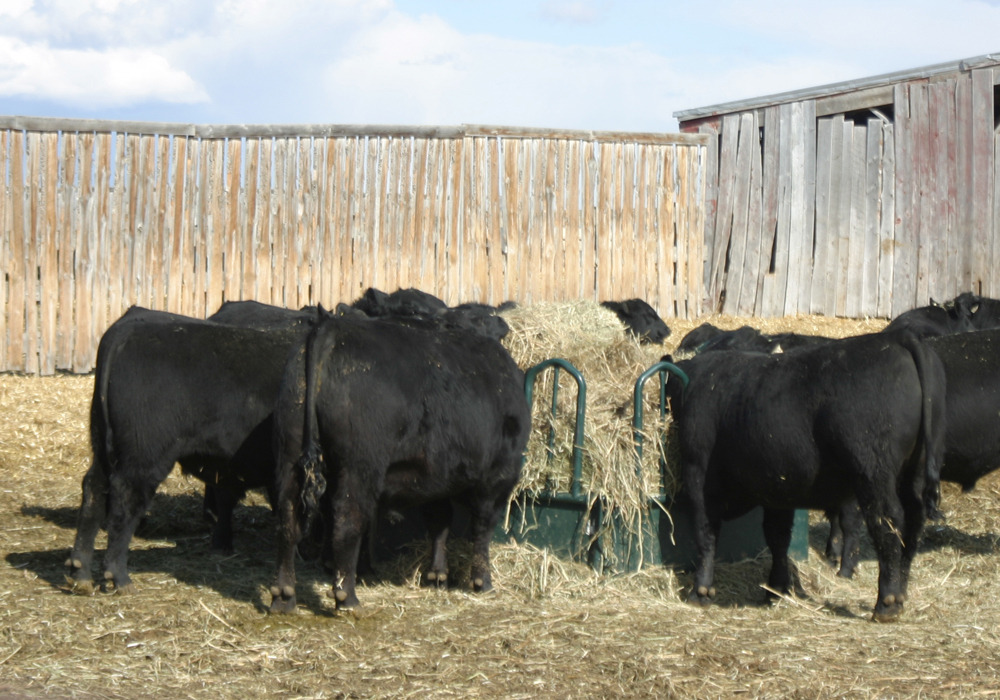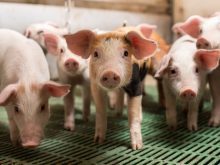Bovine respiratory disease is one of the most important economic diseases in the beef cattle industry.
It is almost overwhelming trying to keep up with the publications devoted to this subject. There are numerous studies on the microbial flora of the nasal passages of cattle, antimicrobial resistance surveys, vaccination trials, therapy studies and many others.
We know that BRD is a multifactorial disease and that many of the bacteria and viruses associated with it can be found in the nasal passages of normal calves.
The stresses of weaning, transportation, mixing and other factors combine to play a role in allowing these pathogens to proliferate and cause disease.
Read Also

Canada’s slaughter horse industry lacks transparency
The lack of clear reporting and public access to data keeps the industry largely hidden, leaving questions about humane treatment and traceability unanswered.
However, despite all we know, debate still exists as to whether BRD is actually a communicable disease. Do calves spread disease within the group from one animal to another? This seems like a fairly fundamental question, but the research has not been definitive.
We do have significant evidence that BRD spreads from animal to animal and is transmissible.
Calves that enter feedlots without antibodies against some of the pathogens that cause respiratory disease are more likely to develop BRD during the feeding period, compared to calves that have higher antibody titers.
This has been demonstrated in several studies in both Eastern and Western Canada and suggests that pre-vaccination of calves before weaning to develop those antibodies prior to delivery to the feedlot, might be a good idea.
However, previous Canadian research evaluating disease rates for BRD in research feedlots suggested there was no evidence that having pen-mates with BRD increased the risk of BRD for the other calves in the pen, which casts doubt on how much transmission of respiratory disease pathogens occurs within the feedlot pen.
A more recent study published in December of 2018 in the American Journal of Veterinary Research provides evidence that it may be important if your friends are sick, especially if you are a calf in a feedlot pen.
Researchers at Kansas State University used real-time location systems to track calf movements in a feedlot pen for the first 28 days of the feeding period. The system consisted of an ultra-wide band signal transmitter tag, which was placed in each calf’s ear. Signal sensors were placed around the perimeter of the pen, which allowed the system to triangulate the signals and determined the calf’s location.
The real-time location systems could continuously monitor the position of each of the 70 calves in the pen and also provided their position relative to their pen-mates.
The researchers were able to then examine animal-to-animal contact within the pen of calves and were able to evaluate which calves “hung out” with calves that were diagnosed with respiratory disease.
Calves were evaluated by a veterinarian daily for signs of respiratory disease and treated with a long-acting antimicrobial if they showed signs of respiratory disease along with a fever of greater than 40 C. Treated calves were immediately returned to their home pen.
Researchers assumed that the calves they were treating for BRD had been shedding pathogens for the two days before the diagnosis and for the five days after.
This type of study can generate a tremendous amount of data because every animal in the pen is generating spatial data every second of the day.
Researchers showed that there is considerable variation in calves in their contact structure. In fact there were “community structures” that could be identified within the pen that showed certain calves were more likely to spend time with specific other calves.
By the end of the 28-day evaluation period, 40 percent of the calves within the pen had been treated for BRD.
Researchers showed that if there were sick calves in an individual animal’s “community structure” within the pen, those animals were more likely to develop BRD as well.
This study provided compelling evidence that direct transmission of respiratory disease pathogens occurs between calves in the feedlot.
An animal that spends more time in contact with sick individuals has a higher probability of developing respiratory disease.
However, the importance of animal-to-animal contact on BRD transmission is still not completely understood. This study did not look at specific bacteria or viruses, so we don’t know if animal-to-animal contact is more important for specific pathogens.
The study did show, however, that computerized technology can deliver better answers to some of the basic questions about an important disease of beef cattle.
John Campbell is a professor in the department of Large Animal Clinical Sciences at the University of Saskatchewan’s Western College of Veterinary Medicine.

















